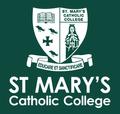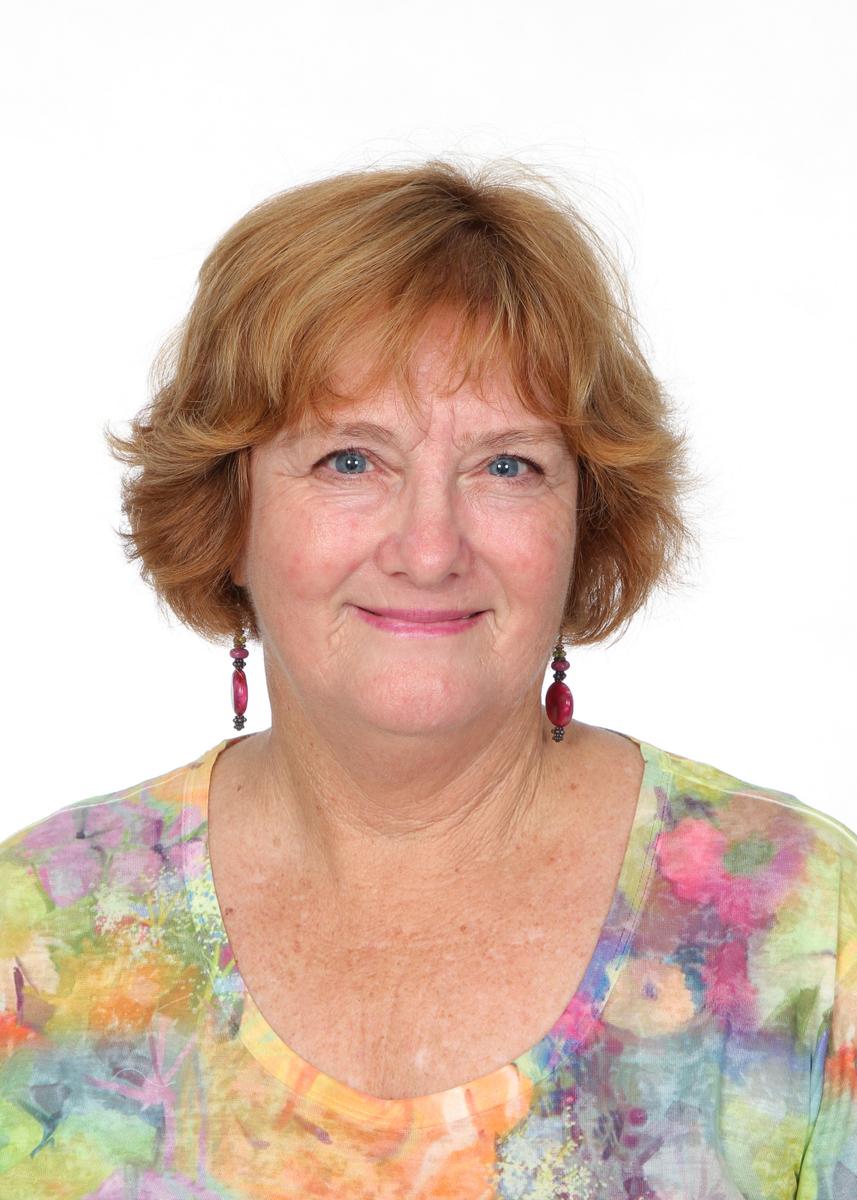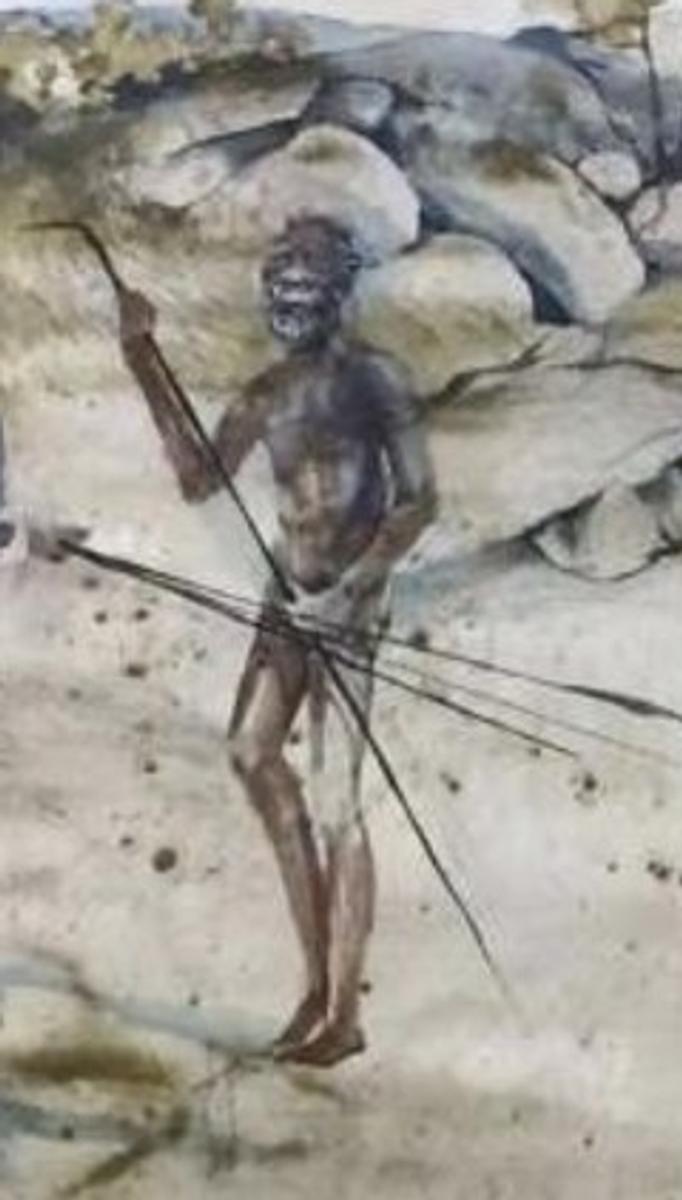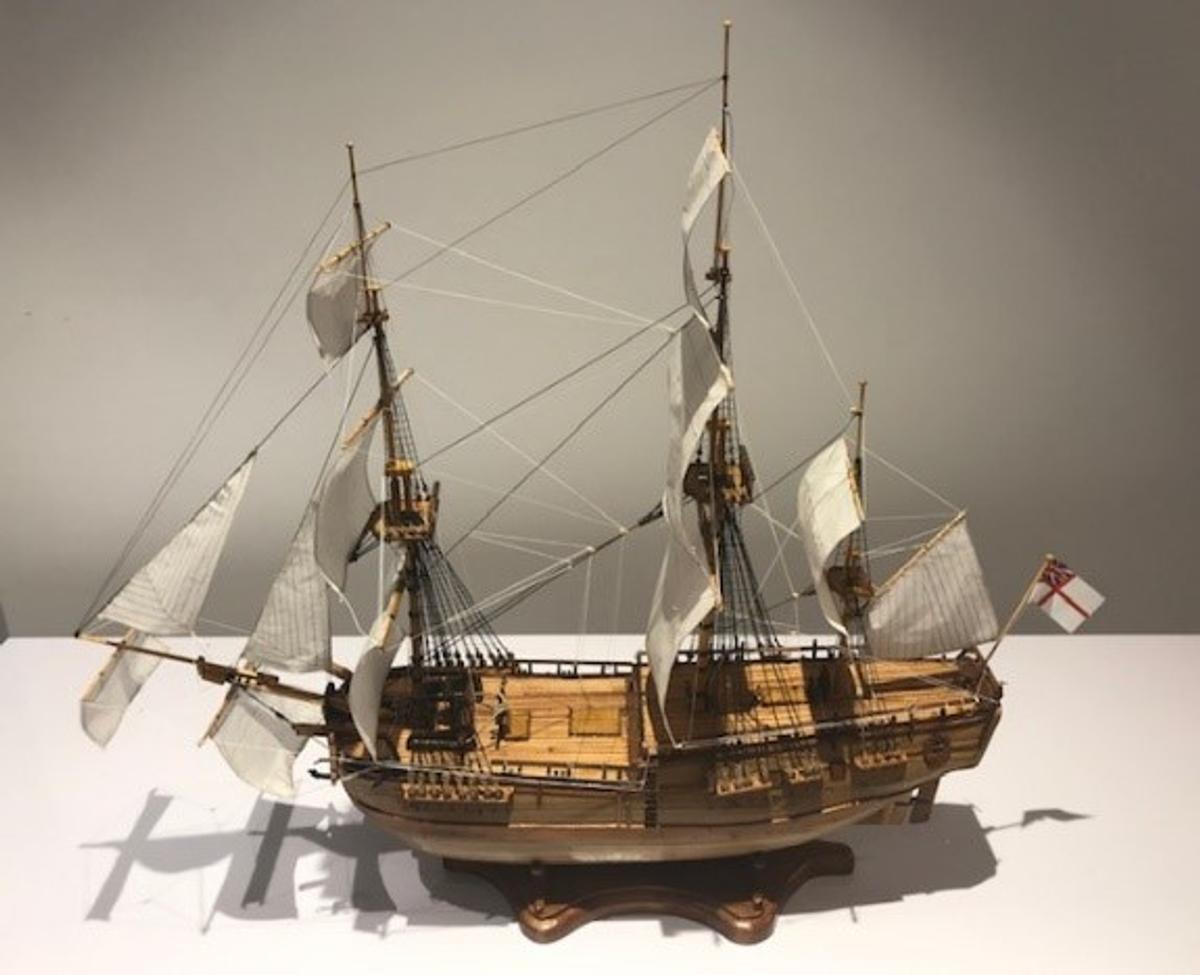250th Anniversary

Margaret Marton
Humanities Teacher
250th Anniversary of Cook’s Endeavour Voyage of Discovery -
a voyage from which we continue to discover!
St Mary’s Catholic College is presenting an exhibit focused upon the 250th anniversary of the Endeavour’s first voyage which explored the east coast of Australia and made the first contact between the British and the indigenous people of our land. This will be done through an extensive display in the College Library, newsletter articles such as this, and uploads on SMCC social media.
Why is the College presenting this important exhibition?
As the Director of the National Museum of Australia Mat Trinca says, “Cook’s journey lies at the centre of our history and … it’s time for the viewpoint from the shore. History should [never] be about erasure, it is the accretion of layers of meaning over time.” We need to take the opportunity that is presented here “to reflect upon it, to see it from a wider series of perspectives … and to learn from that.”
Harold Ludwick, an indigenous officer at James Cook Museum at Cooktown states “It is vitally important that we celebrate what was recorded [by Cook and Banks] as it brings to life our people practising civilised ways before the First Fleet arrived. Cook gives us a platform: we [Indigenous] are an integral part of the journey”.
As Peter Fitzsimmons concludes, in his excellent book entitled James Cook: The Story Behind the Man who Mapped the World, “250 years later, in Australia, that very issue of invasion is being widely discussed, with the idea growing that the only way forward is by some measure of Treaty, as we are still the only nation settled by the British without one. If we accomplish such a great thing, perhaps the motif at the top could be the broken spear proffered by the “little old man”, the great [Cooktown] tribal elder, to Captain Cook. We must live in peace.”
The National Museum of Australia has developed an exhibition entitled:
Endeavour Voyage: The Untold Stories of Cook and the First Australians.
I urge you to view this: go to https://www.nma.gov.au.
Why is perspective important?
We all have our biases! It is normal! The only way we can view the world is through our lens of understanding. To gain greatest understanding of significant events in our life and history we must look at these events from different perspectives or through multiple lenses.
St Mary’s Exhibition is entitled “250th Anniversary of Cook’s Endeavour Voyage of Discovery - a voyage from which we continue to discover!”.
The exhibition will present a number of different perspectives on this important event in Australian history. These will include:
- What is the story from the Endeavour’s perspective?
- What perspectives do the journals of Cook and Banks provide about indigenous life before British colonisation?
- Why is Cooktown, and the events which occurred there 250 years ago, important to Australia’s Journey of Reconciliation today?
These articles will be presented in three parts. Part 1 this week, Parts 2 and 3 in the upcoming newsletters. Other elements of this exhibition will be presented in the College Library and on SMCC social media. Enjoy.
PART 1:
What is the story from the Endeavour’s Perspective?
This voyage of the Endeavour 250 years ago was an extraordinary scientific expedition which involved two of the most famous, and brilliant, men of their time, Captain James Cook and Mr Joseph Banks. Though they were vastly different men from very different backgrounds their partnership achieved extraordinary things {Fitzsimmons}. It is through the meticulous daily journals of these scientific explorers that we find the first literary evidence of the First Australians. Snippets about the indigenous way of life, language and customs, and invaluable records of the first contact between these indigenous people and the British who later colonised this land.
Central to this scientific expedition was the Whitby cat sailboat called the Endeavour. This sailboat weighed 368 tons, carried 94 people, a milking goat which had already circumnavigated the globe, sheep, pigs, hens and a cat. It had a copper distillery to make fresh water from seawater, pumps, 5 tons of barrelled flour, vinegar, salt beef, cheese, 3 ½ tons of sauerkraut, 250 barrels of beer, 44 barrels of brandy and 17 barrels of rum. The 30,000-mile journey around the globe took two years and 11 months, mapped 5000 miles of new coastline, dealt with a catastrophic event on the Great Barrier Reef and lost 38 men to sickness in Batavia. So famous is this expedition that in 1984 NASA’s third Space Shuttle was named Endeavour.
St Mary’s is very fortunate to include in this display a 1:50 scale replica of the famous Endeavour sailboat. This hand-made wood model was created by the master mariner, Captain John Larsen. It has taken 8 months of precise work and has been a labour of love and respect from a modern, though retired, ship’s captain to the mighty James Cook. Captain Larsen has taken merchant ships to the Antarctic, across the Atlantic and smaller boats into the Cape to transport cattle so is familiar with Cook’s charts. He commented that Cook’s charts are amazingly accurate when considering the equipment Cook had with which to take measurements.
James Cook was a brilliant cartographer, navigator, sailor, astronomer and man of science. He was a very measured, observant and rational man who was physically strong and tall. Cook’s maps, not just of the east coast of this land, were so precise that modern seagoing captains still marvel at his skill. He was also an extraordinary navigator who, in Banks’ words, single-handedly destroyed the centuries old myth about the imaginary continent of Terra Australis Incognito. Cook was a leader who inspired loyalty from his sailors as he treated others with fairness and respect based on his strong personal morals and modesty. His keen observation skills and inquiring mind noted diet improved the health of sailors and stopped the curse of scurvy. No sailor died on his ship with scurvy, an achievement of which Cook was very proud. Cook was never driven by the search for gold or glory rather he craved new scientific understanding. Thus, he never claimed to have discovered the land he called New South Wales as he stated, “the honour of which belongs to the Dutch Navigators”. The Lords of the Admiralty in England, Cook’s bosses, knew him as a genius with extraordinary capacity.
Joseph Banks was an English nobleman with immense wealth and passion for botanical science. He was a gifted and very focused natural scientist who could “botanise” for the sheer love of learning rather than for good marks at university. Banks decided that instead of doing a trip around Europe, as every other blockhead does after completing their education, “my Grand Tour shall be one round the whole globe”. Banks takes eight people as part of his team for the Endeavour journey including Dr Solander, the Swedish naturalist, and the artist Sydney Parkinson. He also took his 2 favourite greyhounds. Spending 10,000 pounds Banks’ friend declared “no people ever went to sea better fitted out for the purpose of Natural History” [Fitzsimmons]. Returning with 30,000 exotic plants, and huge numbers of animal specimens, Banks’ collection held over a thousand species completely new to science. He became the President of the Royal Society for 42 years and championed the development of the Royal Gardens at Kew and the Royal Horticultural Society. A force of nature, Banks became the most influential man of science of his time.
References:
Fitzsimmons, P. (2019). James Cook: The Story Behind the Man who Mapped the World. Hachette, Sydney.
Neill, R. (2020, April 4-5). Reconciliation Ahead of Its Time. Weekend Australian Review, pp. 8-9.




